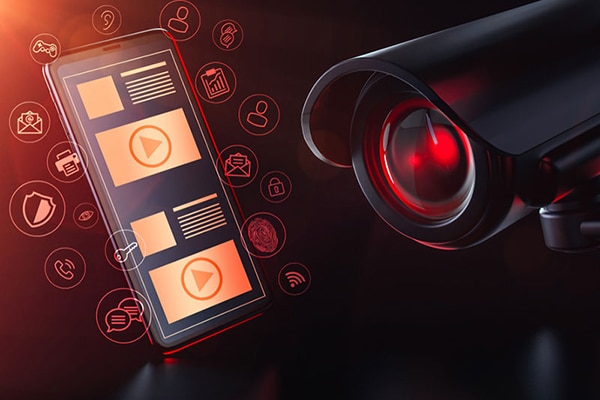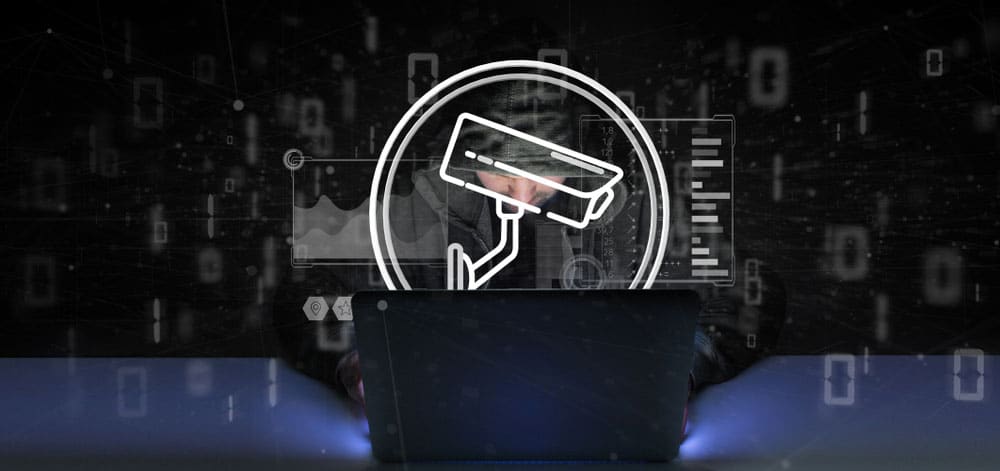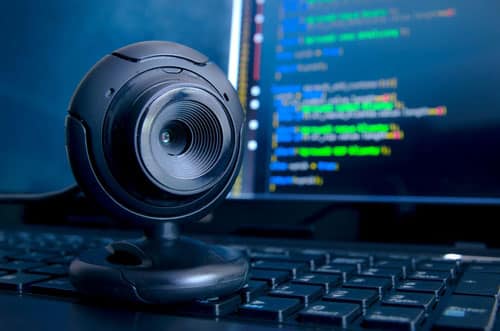In this article, we will examine several methods for preventing CCTV camera hacking.
Signs of a Hacked CCTV Camera
- When you are unable to log in to the device settings using your username, it means your CCTV camera has been hacked.
- If you observe that the settings have been changed or that the images recorded by the camera are being transferred, it means the hackers have completed their work.
- A slow image transfer speed could potentially be a warning sign for CCTV camera owners.
Consequently, understanding how to determine if a CCTV camera has been hacked is the first step towards combating hacking.
Countering CCTV Camera Hacking
The best way to prevent CCTV camera hacking is to use cameras that possess strong cybersecurity and are not easily vulnerable.
Methods for Countering CCTV Camera Hacking
- Use complex passwords. Avoid setting simple passwords on device settings.
- Limit user access.
- If you are using older NVR devices, update them. Doing so will help prevent cyber attacks.
- Do not connect the cameras to your personal computer.
Strategies for Enhancing CCTV Camera Security
1) Purchase from Reputable CCTV Camera Companies
Using quality CCTV cameras and recording devices, compared to counterfeit products available in the market, can significantly reduce the risk of unauthorized access by hackers. Unknown brands are easily susceptible to hacking due to low security. If security is critically important to you, purchasing used CCTV cameras is absolutely not recommended. Used CCTV cameras have a higher likelihood of being compromised.
2) Change the Device's Default Username
- Never use your DVR or NVR device with the default username and password. Failure to change default credentials is one of the most common errors that leads to DVR device hacking and system infiltration. Hackers can attempt to gain unauthorized access by trying default usernames and passwords using numerous different IP addresses.
- Hackers can try the default username and password using 1000 different IP addresses to find a way in.
- You can create a strong password by adhering to the following requirements:
- The password must be at least 8 characters long.
- Use both lowercase and uppercase letters in the password.
- Use both lowercase and uppercase letters in the password.
- Include various types of parentheses ({, }, (, ), [, ]) in your password.
- Utilize English symbols such as period, comma, and special characters like ~, !, @, #, $, %, ^, &, *, -, _, =, , ... in your password.
- Include English punctuation marks such as , . : ; ' ".
3) Use a Firewall
Firewalls are among the most crucial security tools for countering network attacks. Utilizing a hardware firewall can significantly reduce the risk of attacks. Software firewalls can also serve as effective aids in combating these risks.

4) Update Software
One of the most crucial factors in preventing hacker intrusion is updating the software of cameras and recording devices. Developers of CCTV camera software are constantly striving to enhance the security aspects of their products. Consequently, they consistently release new versions. Thus, it is advisable to use the most current versions of the software.
5) Use a Separate Network
Remote control is one of the most significant features of CCTV cameras. Given the importance of this matter, it is essential to use a completely separate and dedicated WiFi internet network specifically for your CCTV camera system to ensure safety from hacker attacks and make your security system completely inaccessible. Therefore, please refrain from using public work or home internet networks for remote control of your CCTV camera.
6) Change Default Ports
Any device operating on a network provides its services through dedicated ports. In the context of video surveillance systems, DVR and NVR devices utilize dedicated ports to allow users to remotely view live and recorded images on their mobile phones or computers via the internet. It is necessary to change the default ports to prevent hacker intrusion and close any unused ports to significantly reduce the possibility of camera image hacking. At times, closing ports may not be possible, in which case you should monitor port traffic to become aware of any suspicious activity.
7) Specify a Unique Username and Password for Each User
For enhanced security, each device, application, or user should have a specific username and password for system access. Note that defining user access levels is one of the crucial points, as is determining which individuals will have access to images and information whether you are present at the location or not.
8) Define a List of Authorized Devices
To enhance security, one measure that can be taken is defining the addresses of devices authorized to connect to the camera or recording unit.
9) Camera and Recorder Installation Location
The location where the camera is installed should be such that it is out of reach of malicious individuals.





